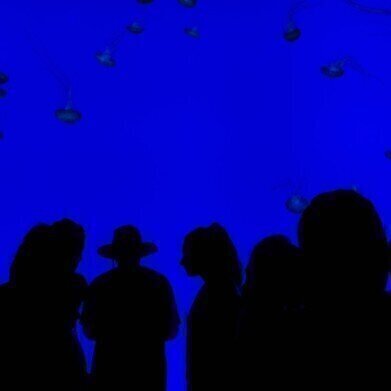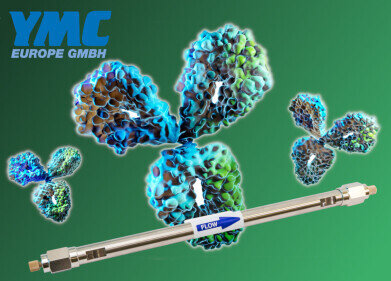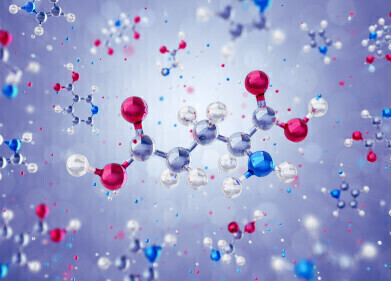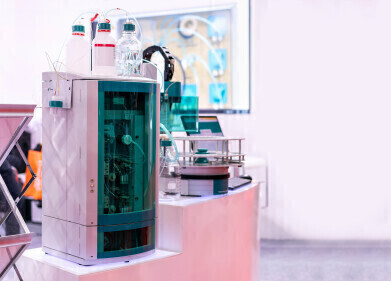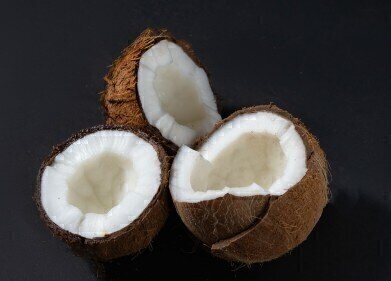Ion chromatography (IC)
Estuary Tasting Ale? Chromatography Helps an Ale Taste Like Water
Aug 26 2016
A recent addition to the beer drinker’s collection is due to the collaboration between a brewery and an aquarium. The brewer, Dogfish Head Craft Brewery, has created a unique beer in partnership with the National Aquarium in Baltimore, USA. The beer — SeaQuench Ale — will help to support the aquarium’s conservation efforts.
SeaQuench Ale — a sour ale
The beer is based on the saltiness of the water in the Chesapeake Bay and is described as a sour ale. Sour ales are increasingly popular in the burgeoning craft beer market, but they are nothing new. Originally all beers were sour due to the hops and yeast combinations and the lack of control in production. Nowadays, sour beer is deliberately brewed to have a sour taste — by using specific strains of yeast — but is still considered a specialized form of brewing.
SeaQuench Ale is a combination of three styles of German beers. Dogfish first brew kolsch — a beer that could be described as Germany’s answer to a British pale ale — which has lots of wheat and Munich Malt. The next brew is gose, a beer brewed with slightly salted water that has added lime and coriander. The third ale is a Berliner Weiss, a sour and fruity ale with lime juice and peel. The three ales are then combined to create the final ale — SeaQuench Ale.
The National Aquarium is an expert in water — in fact they have to be able to generate any kind of water to make different habitats in the aquarium. This kind of expertise was used in developing the new ale. Water samples from Chesapeake Bay — the largest estuary in the US, whose water quality the National Aquarium is helping to improve — were analysed using ion chromatography to determine the mineral and salt composition. These were then replicated in the ale that was developed by Dogfish Brewery.
Water analysis with IC
Ion chromatography (IC) is one of the foremost techniques in analysing water for the ions dissolved in it as discussed in this article, Are you Made of Sugar? IC can measure the concentrations of anions such as fluoride, chloride and sulphate and cations like sodium, magnesium or potassium in the parts-per-billion range. It can also be used to separate larger ions or polar molecules like proteins, nucleotides and amino acids.
The separation process relies on the interaction between the ions or polar molecules and a resin (which acts like a stationary phase in gas or liquid chromatography) which is oppositely charged to the sample ions. Being oppositely charged means the ions bind with the resin. Then by altering the elution conditions, the bound ions are released. A simple but very effective technique for water analysis.
In a press release, John Racanelli the aquarium’s CEO said “The National Aquarium’s partnership with Dogfish Head is a natural collaboration due to our shared commitment to fostering community, nourishing artistic advancement and innovation, and cultivating environmental stewardship.”
I’ll drink to that.
Events
May 11 2025 Vienna, Austria
May 18 2025 Tempe. AZ, USA
May 21 2025 Birmingham, UK
Jun 01 2025 Baltimore, MD, USA
Jun 15 2025 Bruges, Belgium
